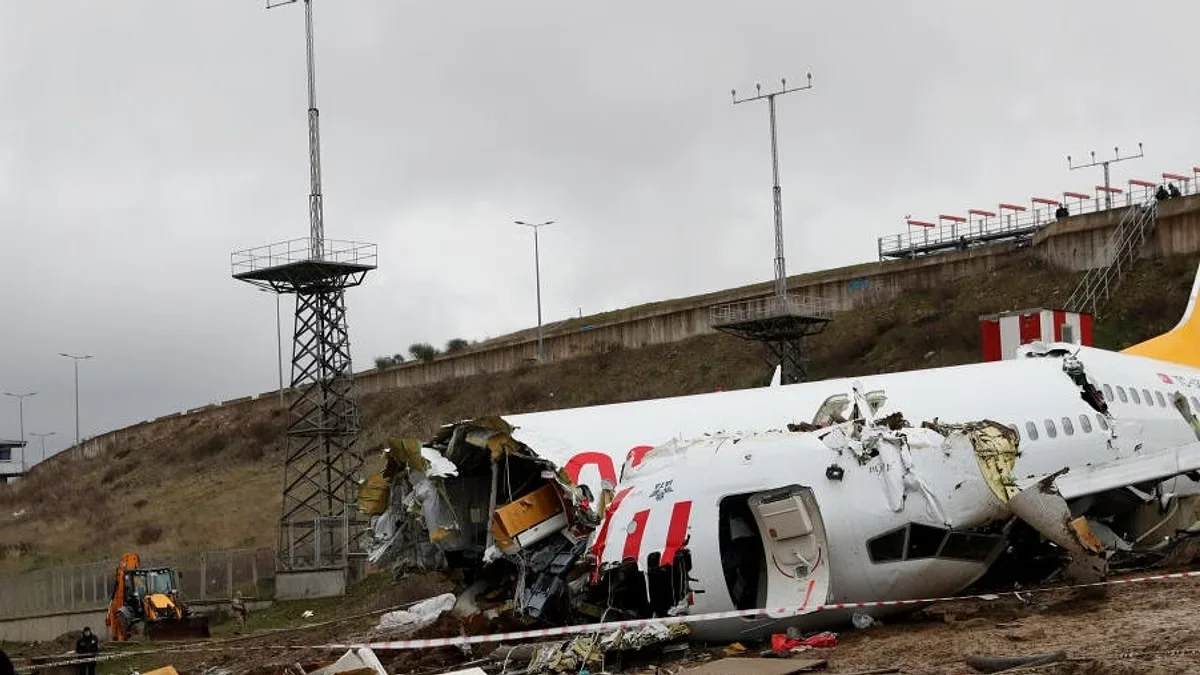In a tragic incident, a Russian Falcon 10 plane crashed on the hillsides of northeast Afghanistan, claiming at least two lives, according to a statement from an Afghan government official on Monday. Initial reports indicated that the aircraft, en route from India to Uzbekistan and Russia, lost communication on Saturday evening. While four individuals survived the crash, two were initially reported missing, but later confirmation revealed their unfortunate demise.
The Russian Falcon 10, reportedly transporting people, met a devastating fate in the hills of Badakhshan province, a region bordering China, Tajikistan, and Pakistan. The crash site, situated eight hours from the provincial capital Faizabad, became the focus of a two-day search operation.
Afghan Ministry of Transport and Civil Aviation director general, Abdul Sattar Gharwal, provided updates on the tragic incident, stating, “We did a search for two days and yesterday evening we found the location of the plane. It had six crew members. We rescued the four that were alive. Two people died.” The survivors were subsequently airlifted to Kabul for medical attention.
Two Russian passengers on board the ill-fated flight, identified as a seriously ill woman and her husband who had arranged the journey, were disclosed by Russia’s air transport agency, Rosaviatsia. The aircraft, a two-engine plane constructed by France’s Dassault in 1978, was owned by the company Athletic Group and a private individual.
Russian investigators have initiated an inquiry to determine the cause of the crash, seeking to unravel the circumstances that led to this tragic incident. The crash site, situated amidst the formidable Hindu Kush mountain range, adds complexity to the investigation.
As the aviation community mourns the loss of lives in this unfortunate incident, the investigation into the Russian Falcon 10 crash in Afghanistan is underway. The tragedy serves as a stark reminder of the inherent risks associated with air travel and highlights the importance of thorough investigations to unveil the root causes, ensuring safer skies for all.




